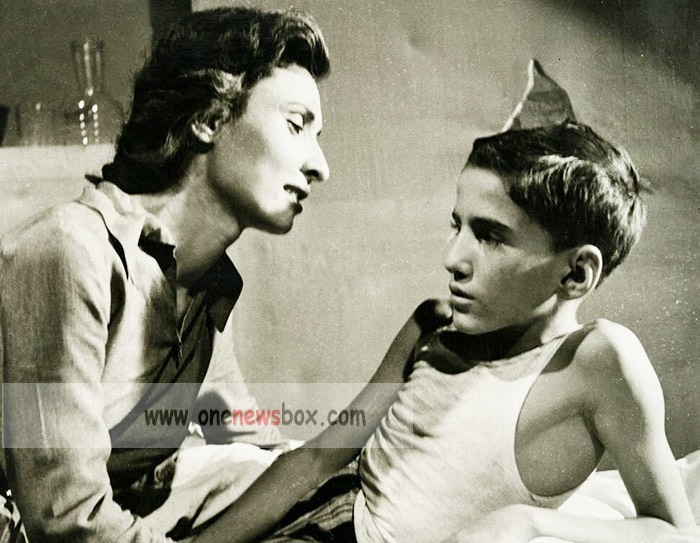Early pioneers such as Abdolhossein Noushin, Reza Kamal Shahrzad, and Ali Nasirian sought to modernize Persian storytelling through Western dramatic structures. In provincial cities like Rasht and Bandar Anzali, theater troupes began to form, often staging performances in schools, coffee houses, or makeshift stages in local clubs.At that time, most female roles were played by men, as social taboos restricted women from appearing on stage. However, by the late 1930s and early 1940s, the situation began to change. A few courageous women — such as Badri Teymourtash, Mary Apik, and later Adileh Frouzesh — took the stage, challenging both social norms and institutional barriers.It was in this climate that Monir Akhundnia began her artistic journey.
In 1941, at the age of 15, Monir took her first step into professional theater when she joined a small troupe in Rasht, the capital of Gilan Province. The troupe was affiliated with Rasht Theater, one of the most active regional theater venues of the time. It was here that she performed in Reza Kamal Shahrzad’s play Aziz and Azizeh, a romantic and symbolic drama rooted in Persian folklore and the Sufi tradition of love and self-sacrifice.

